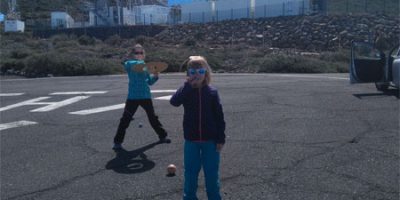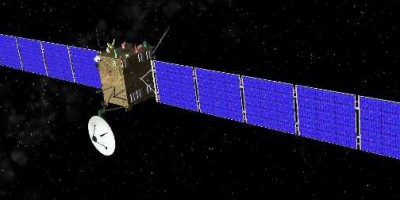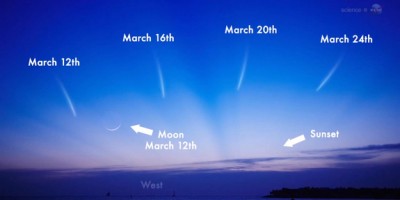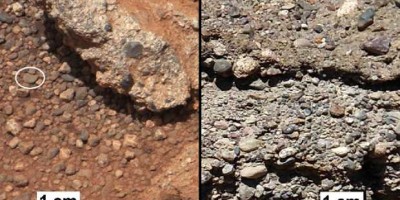Sunday Photos: The solar system and the Large Size Telescope
On Saturday I brought up my model solar system for my clients. The sun is too small. to be in scale with the planets, it ought to be 4m in diameter, but that’s rather inconvenient to fit in the car. The first four planets (Mercury, Venus, Earth and Mars) are marbles and too small to see in the photograph, but the girl in the foreground is holding up the Earth….




